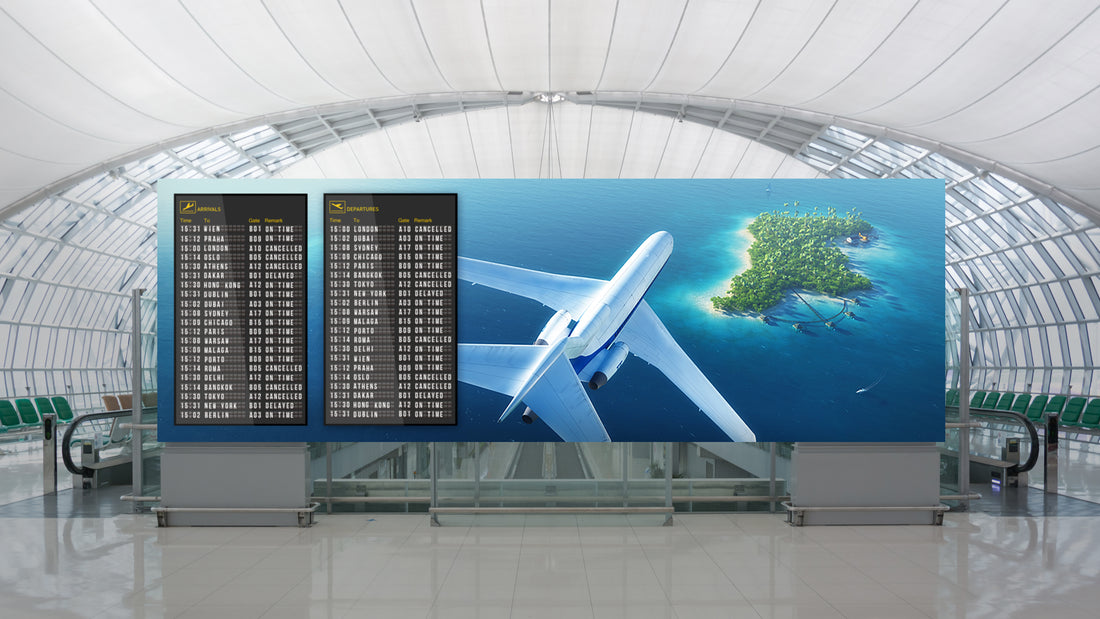
Choosing the Right Display for Video Walls: LED vs. LCD
Share
The rapid evolution of digital signage technology has revolutionized how content is presented, offering a plethora of choices for high-impact displays. Two frontrunners in this domain are LED (or dvLED) and LCD technologies. Both have their merits, but which one is the superior choice for your video wall needs?
The Distinct Differences
-
Brightness and Visual Experience:
- LED: Known for producing vivid brightness and higher contrast levels, LED displays are ideal for outdoor, semi-outdoor, or high ambient light areas. However, the sheer brilliance can be overwhelming for viewers standing too close.
- LCD: Suitable for settings that don't demand extreme brightness.
-
Scalability & Design Flexibility:
- LED: LED’s frameless design makes it an excellent choice for large installations, giving the illusion of a single expansive canvas. Its adaptability allows for unique designs, from curved displays to video walls that seamlessly wrap around corners.
- LCD: While not as scalable as LED, LCD displays shine in smaller installations due to their cost-effectiveness and ease of installation.
-
Service Life & Maintenance:
- LED: With a service life of up to 100,000 hours, LED displays outlast their LCD counterparts. Their design also allows for easy repairs, eliminating the need to replace the entire video wall.
- LCD: Designed for 24/7 usage, LCDs have a service life of approximately 50,000 hours. While replacements can be trickier than LEDs, they aren't unfeasible.
-
Pixel Pitch: The proximity of individual pixels, known as pixel pitch, is crucial for image quality. Depending on the setting, like corporate meeting rooms versus outdoor signage, the required pixel pitch varies to ensure optimal viewing experiences.
-
Challenges:
- Colour Calibration: Both LCD and LED technologies require meticulous color calibration to ensure a consistent image across multiple modules.
- Heat Buildup: To combat heat accumulation, most vendors equip both LCDs and LEDs with heat-resistant metal cabinets and passive cooling systems. It's also recommended to maintain a gap between the product and the wall.
Trends and Market Direction
Despite the strengths of both technologies, market demand is leaning towards LED. While costlier than other digital signage options, the increasing demand for LED is influencing its price point. Another noticeable trend is the push for energy-efficient LED solutions.
In Conclusion
There's no definitive answer when choosing between LCD and LED for digital signage. The decision hinges on various factors, including brightness, contrast, scalability, longevity, and maintenance considerations. It's vital to assess the specific use case and the environmental conditions of the installation site.
At Mentor Distribution, our goal is to guide clients towards the best technology fit for their needs, ensuring a successful and impactful display that will last. So please reach out and contact us to learn more, we would be happy to help!
